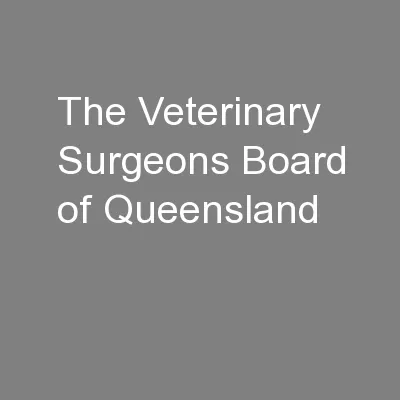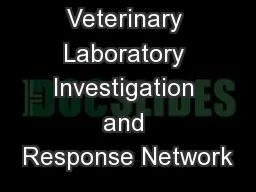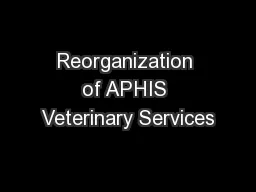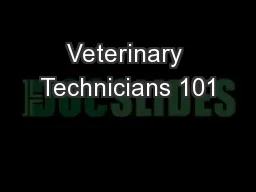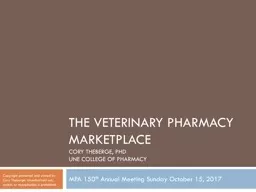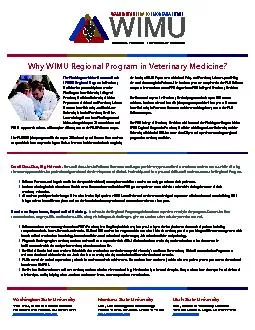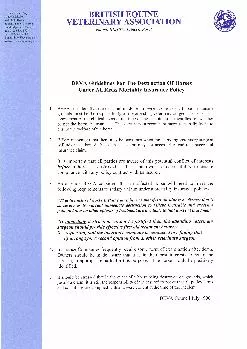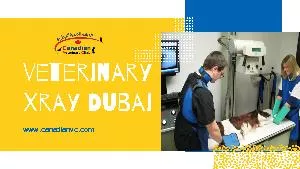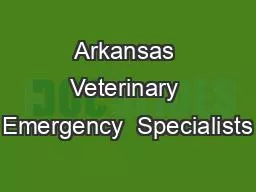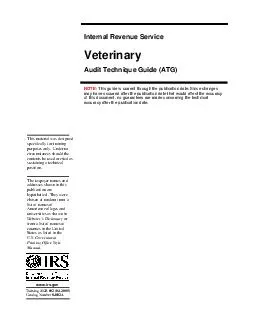PDF-Emergency & Veterinary Specialists
Author : escapistlego | Published Date : 2020-11-19
Burlington The best care w hen you need it most Total Ear Canal Ablation 200 Commerce St Williston VT 05495 802 863 2387 Fax 802 863 2348 wwwbevsvtcom Total Ear
Presentation Embed Code
Download Presentation
Download Presentation The PPT/PDF document "Emergency & Veterinary Specialists" is the property of its rightful owner. Permission is granted to download and print the materials on this website for personal, non-commercial use only, and to display it on your personal computer provided you do not modify the materials and that you retain all copyright notices contained in the materials. By downloading content from our website, you accept the terms of this agreement.
Emergency & Veterinary Specialists: Transcript
Download Rules Of Document
"Emergency & Veterinary Specialists"The content belongs to its owner. You may download and print it for personal use, without modification, and keep all copyright notices. By downloading, you agree to these terms.
Related Documents




